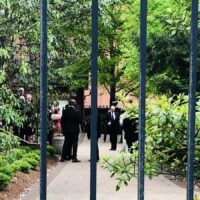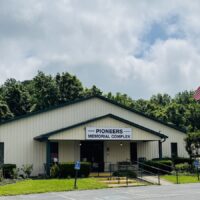Researchers who recently spoke with tornado survivors in Bowling Green, Dawson Springs and Bremen are hoping what they’ve learned will help lead to the creation of safer homes.
University of Oklahoma and Howard University researchers gathered information from about 50 people in the three cities to ask what they remembered about sound and air pressure as they hunkered down in their homes, while the tornadoes turned hundreds of houses into rubble.
Lead researcher Daphne LaDue works at the Center for Analysis and Prediction of Storms at the University of Oklahoma. She said she is also collaborating with a wind engineer at the University of Illinois and a structural engineer at Auburn University.
“So between the two of them, they’re looking at the broader wind field of the tornado,” said LaDue. “How are the winds swirling around? And then, how are they impacting and affecting individual structures within the tornado?”
She said some of the atmospheric information will help in the analysis of areas close to the ground that may not be available on radar.
“What it’s more likely to be used for is understanding how buildings respond to tornado winds and what connections could be strengthened to help them hold together,” she said.
There are building elements that can more securely keep the roof attached to the walls. She said those, and other structural improvements, can dramatically lower the odds of injuries and fatalities, as well as the loss of irreplaceable family photos and heirlooms.
LaDue said the tornado information collected from Kentucky residents can help architects design more tornado-resistant houses.






